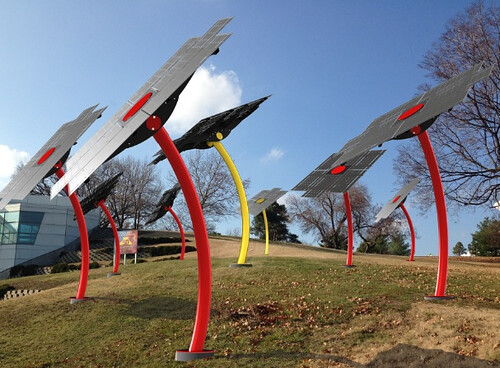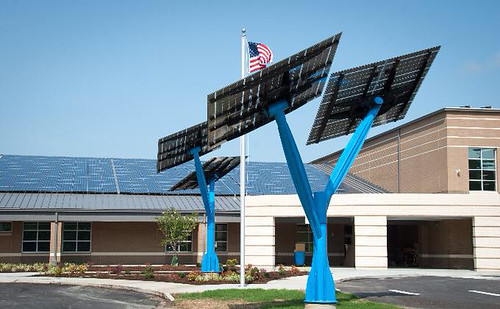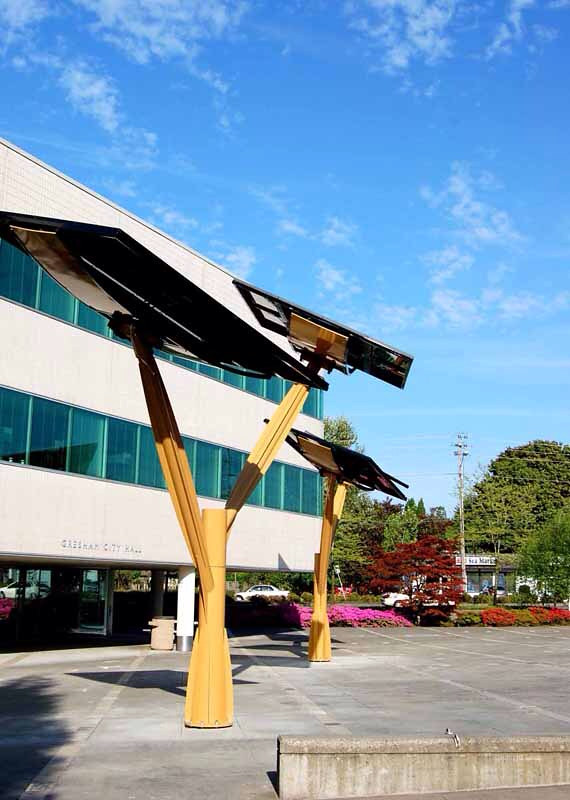In November, the German government decided to end a 30% credit for energy storage systems by the end of this year. But the subsidy will now continue in some form. Currently, state assistance also includes low-interest loans, in addition to the credit.


Planned cuts to energy storage subsidies in Germany have been reversed, for now. Illustration by Powerwise-energy.
The subsidy has been instrumental in fueling uptake of battery storage, from almost nothing two years ago, to as many as an estimated 13,000 units in total by the end of this year.
The subsidy, which is provided by the federal government via the German state-owned development bank KfW, was originally created in May 2013 to encourage the uptake of solar-plus-storage.
According to the Federal Ministry of Economic Affairs and Energy, that goal had been met. The subsidy was so successful, argued the ministry, that it was no longer needed.
Why the sudden change of heart
Some motivational factors behind the reversal of decision:
- After a final rush to install systems at the end of the year, growth in the home storage market would diminish by 13% in 2016. It was predicted that the market would worsen in 2017.
- The negative impact on the domestic solar industry. Feed-in tariffs for new installations have already been slashed, making the home-consumption model of storing excess solar electricity a more attractive model for new solar adopters.
- Without the 30% credit and cheap loans, customers may think twice before investing in any form of solar.
Although still a minor factor in the overall storage picture in Germany, domestic units have large aggregate potential.
"If all suitable households get a solar system and a battery, the storage capacity will exceed the capacity of all existing pumped storage power plants in Germany." - Dr. Volker Quaschning, University of Applied Sciences for Engineering and Economics, Berlin.
Obstacles for large-scale storage in Germany
Currently, just under 14% of all new PV installations include storage.
Grid-scale storage is considered a consumer of electricity, meaning that both the storage operator and the subsequent consumer have to pay the country's EEG-Umlage, a renewable energy surcharge. In effect, the energy gets taxed twice!
The Green Mechanics:
Energy storage is no big deal in our country, or at least not yet a significant topic to talk about during energy meetings. But, the notion that we are about to discontinue the Feed-in Tariff mechanism for solar PV - possibly in a year's time - shows that we are not a contender for RE front runners in SEA region.
Energy storage is no big deal in our country, or at least not yet a significant topic to talk about during energy meetings. But, the notion that we are about to discontinue the Feed-in Tariff mechanism for solar PV - possibly in a year's time - shows that we are not a contender for RE front runners in SEA region.
- Reference: GreenTechMedia







 Rooftop solar PV. Image credit: Green Remodel Forum
Rooftop solar PV. Image credit: Green Remodel Forum




